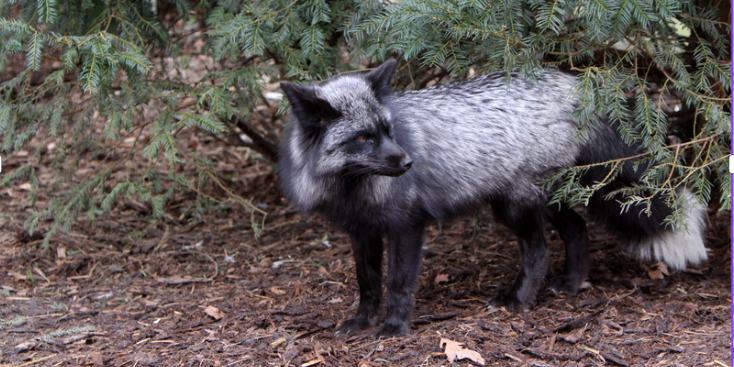Understanding the Diet of Foxes: Nature’s Adaptable Foragers
Foxes, known for their cunning and adaptability, are some of the most fascinating creatures in the animal kingdom. Their diet, a subject of interest to many wildlife enthusiasts and researchers, is as varied as their habitats. In this blog post, we’ll explore the diverse culinary habits of these charismatic animals.
The Opportunistic Diet of a Fox
Foxes are omnivores, meaning their diet includes plant and animal matter. This varied diet is a testament to their adaptability and survival skills in different environments.
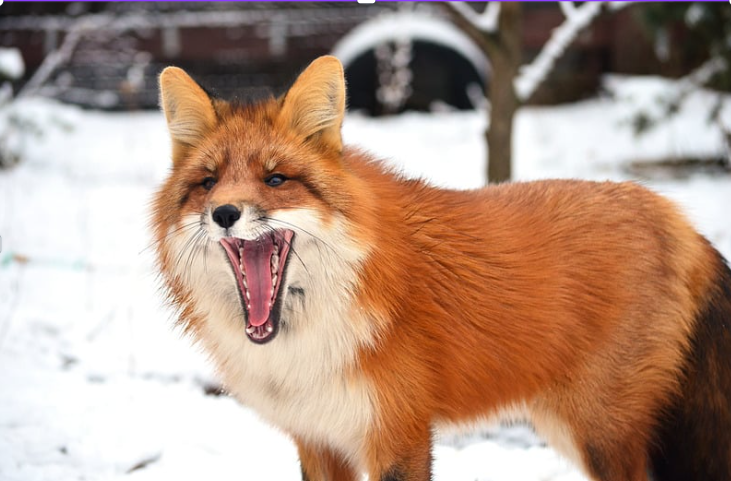
Meat: The Primary Component
- Small Mammals: Foxes primarily feed on mammals like rodents (mice, voles, and rats). These are abundant in most habitats and provide a rich source of protein.
- Birds: Opportunistic hunters foxes will also prey on birds. This can range from small ground-nesting birds to domestic poultry, if accessible.
- Insects and Other Invertebrates: Insects, worms, and other small invertebrates form a significant part of a fox’s diet, especially for those living in urban areas.

Fruits and Vegetables: The Supplement
- Berries and Fruits: Foxes eat various berries, fruits, and nuts. These are particularly important during autumn when these food sources are abundant.
- Grains and Vegetables: While not a primary food source, foxes will eat grains and vegetables, particularly in areas where they are readily available or in urban settings.
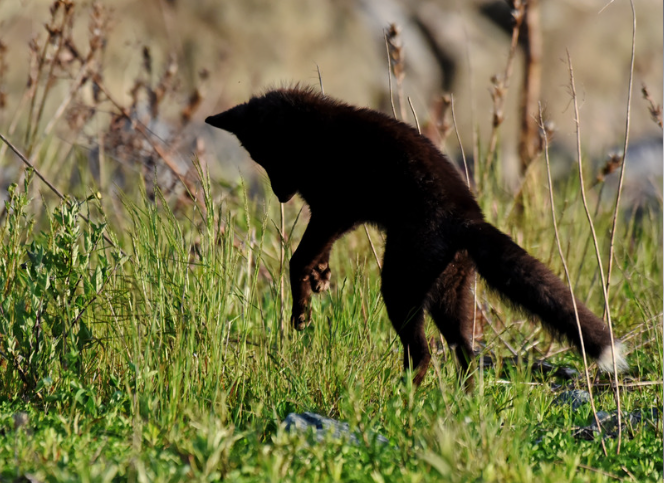
Adaptability: Key to Survival
Foxes’ diets vary greatly depending on their location and season. For example, a fox living in a rural area may have a diet heavily reliant on small mammals, while an urban fox’s diet might consist more of food waste and insects.
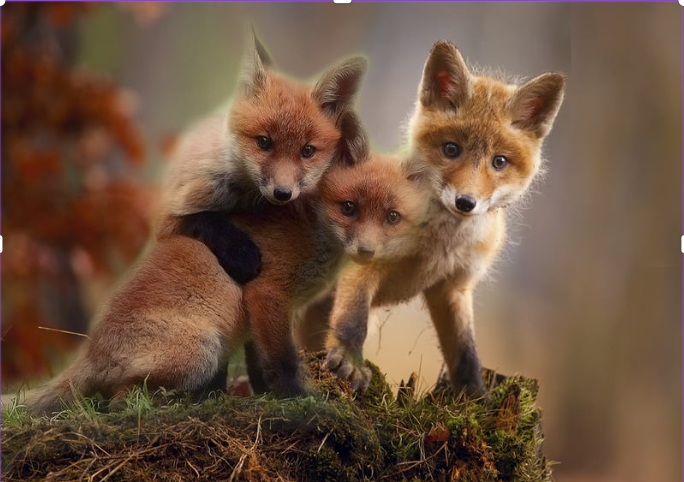
The Impact of Seasonal Changes
The changing seasons significantly impact what foxes eat. During the seasons of spring and summer, when food is plentiful, foxes enjoy a diverse diet. However, when food is scarce in winter, they rely more on scavenging, often feeding on carrion or food left by humans.

Urban Foxes: A Different Dietary Pattern
Urban foxes have adapted remarkably to city life. Their diet often includes food waste from trash bins and pet food left outdoors. This adaptation showcases their incredible ability to thrive in various environments, albeit with different dietary options compared to their rural counterparts.
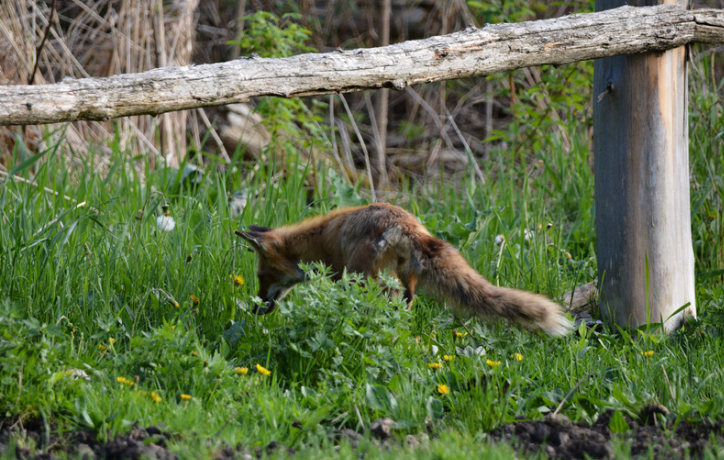
The Role of Foxes in Ecosystems
Foxes play a crucial role in their ecosystems. As predators, they help control the population of rodents and other small animals. Their consumption of fruits and berries also aids in seed dispersal, contributing to the health of their habitats.
Conclusion
Foxes, with their diverse and adaptable diet, are truly fascinating creatures. From small mammals and birds to fruits and insects, their culinary habits reflect their ability to thrive in various environments. As we continue to study these animals, we gain a deeper appreciation for their role in nature and the delicate balance of our ecosystems. In the wild or urban settings, foxes demonstrate remarkable resilience and adaptability through diverse dietary choices.

